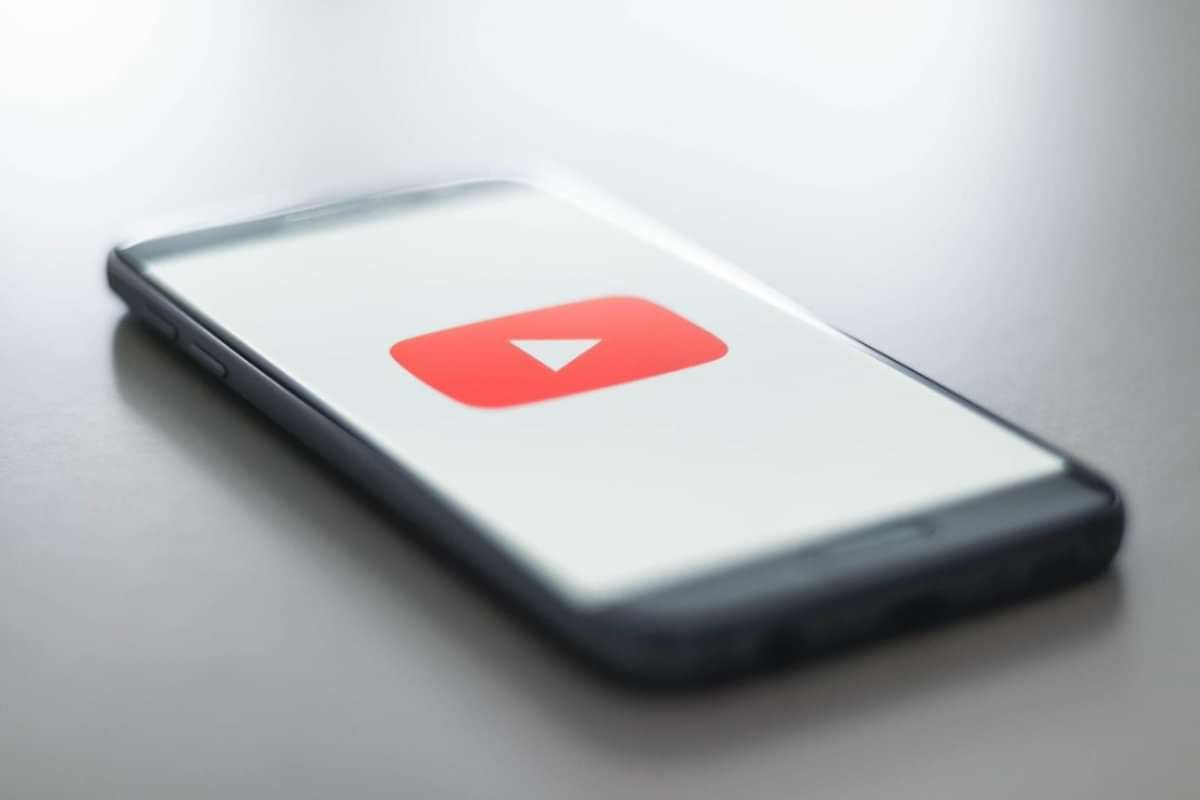Can You Use Copyrighted Music in YouTube Videos?

First launched back in 2005, YouTube completely changed the internet and how we use and interact with online platforms. It kick-started the content creator landscape, giving people the power to upload videos of anything they can imagine. We’ve seen YouTube stars become global celebrities, a testament to the power of the platform. Given the size and scale of YouTube, it will come as no surprise to learn that the company has strict rules in place about what can and cannot be uploaded to the site. This doesn’t just encompass the image content of videos, but the audio of these clips too. Can you use copyrighted music on YouTube? Let’s find out.
Why Use Music in Your Videos?
We usually think of video as a purely visual medium. While this is technically correct, when it comes to video content we’re usually talking about a combination of visuals and audio. Think about it, how many videos do you watch a day? Now, how many of them contain no audio whatsoever? That means no dialogue, no voice-over, no music, and no sound effects. Not many, right? Audio is an integral part of the video content creation process, and it can be used to turn a good video into a great video. Let’s say you’ve shot and edited a video of your very own. It could be anything, some clips from your latest holiday or a video of your pet chasing a ball. As you sit back and watch your masterpiece back, you may feel like there’s something missing. Adding music can be the final piece of the puzzle needed to complete your video. What could be better than watching your dog’s humorous antics soundtracked by a track from your favourite singer or band? You add the music to the video and upload your creation to YouTube. What happens next?
Copyrighted Music on YouTube
YouTube has strict measures and systems in place designed to stamp out copyright infringement on the platform. YouTube’s Content ID system has a database of copyrighted material. As new content is uploaded to the platform, Content ID performs automated scans to check for potential matches. Content ID only looks for music that is protected by copyright law, royalty free music is exempt.
If your video is flagged by the Content ID system for music copyright infringement, one of several things can happen. First, you’ll be notified that Content ID has identified a copyright infringement in your video. Your content may then have its audio muted or it could be blocked completely in certain geographical locations. Another way your content can be flagged for copyright infringement is through something called a copyright strike. If the owner of a song or piece of music discovers your video and finds that you are using their music without permission, they can submit a DMCA takedown request to YouTube. If approved, YouTube will delete your video and put a strike against your account. If you are subject to three strikes within the space of 90 days, your account can be deleted. YouTube is a source of money for many people. Content creators use ad monetization options to generate revenue. This is why it’s so important to ensure you don’t receive copyright strikes, as it could result in you losing your channel and your source of income.
How to Get Permission to Use Music
- If there is a piece of music that you feel fits your video perfectly, you can seek permission to use it and avoid falling foul of YouTube’s copyright system.
- First, you’re going to need to find the copyright owner of the piece of music. In the UK, you can do this through PRS, and in the US you’ll have to go through SESAC or ASCAP.
- Once you have made contact with the copyright holder, you’ll need to agree on terms through which they will receive remuneration for allowing the use of their music. This could be a flat fee or a percentage of revenue generated through ads on your videos.
- Obtain written permission from the copyright holder that explicitly states you have the right to use their music. This will prove vital should there be any issues further down the line.
Alternative Options
There are alternatives to using copyright-protected music. There is some fantastic royalty free music out there that can be used completely free of charge. Additionally, video-sharing platforms like YouTube and TikTok allow for the use of trending audio clips. Trending audio clips are music snippets that are free to use and can help get more exposure and more views for your content.
Conclusion
There’s nothing stopping you from uploading a video with copyrighted music to YouTube. However, it won’t go unnoticed, and you could see your video muted or blocked. In a worst-case scenario, your account could be deleted completely. Avoid this from happening by ensuring you have permission to use copyrighted music or by using royalty free music.

